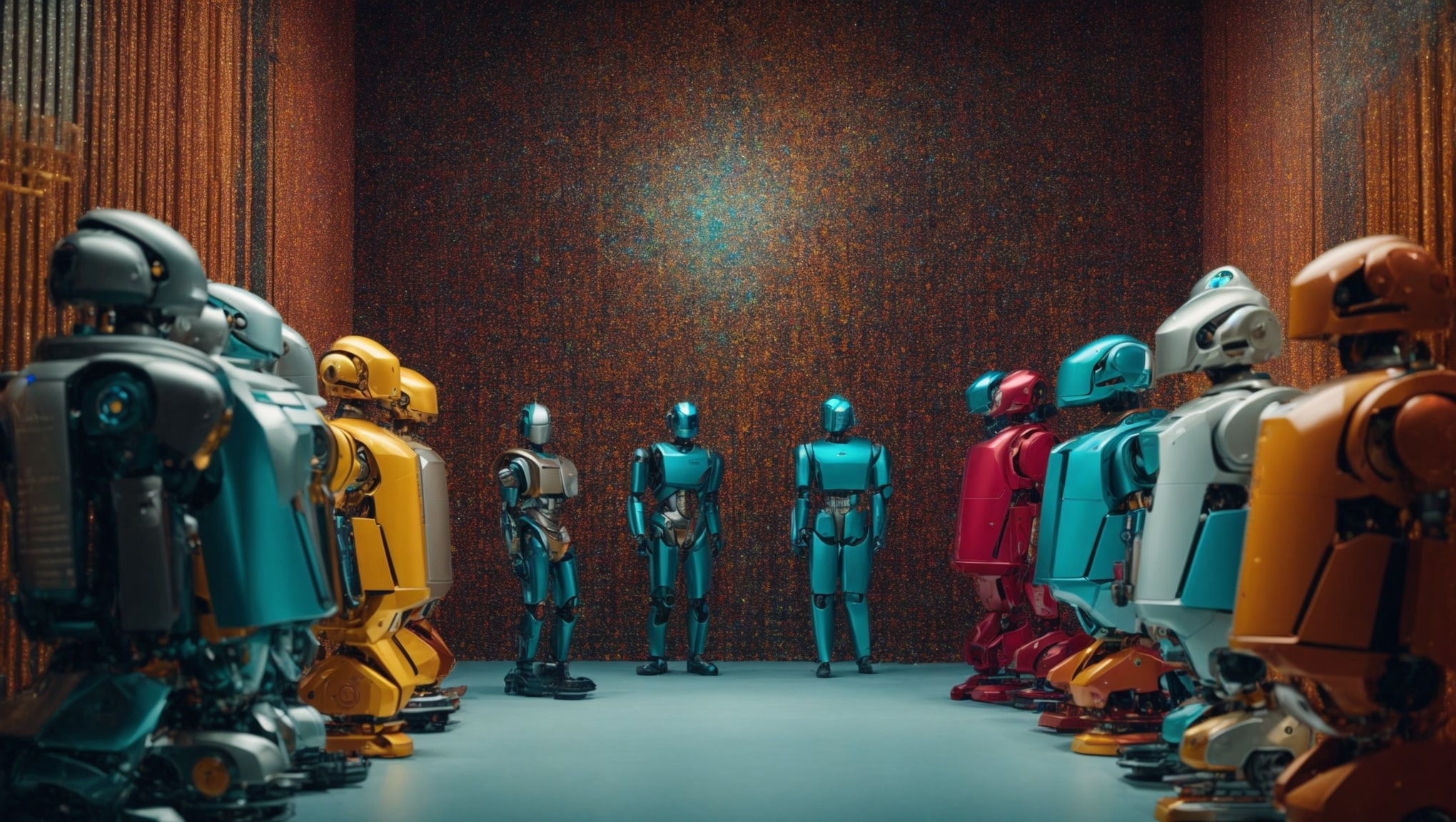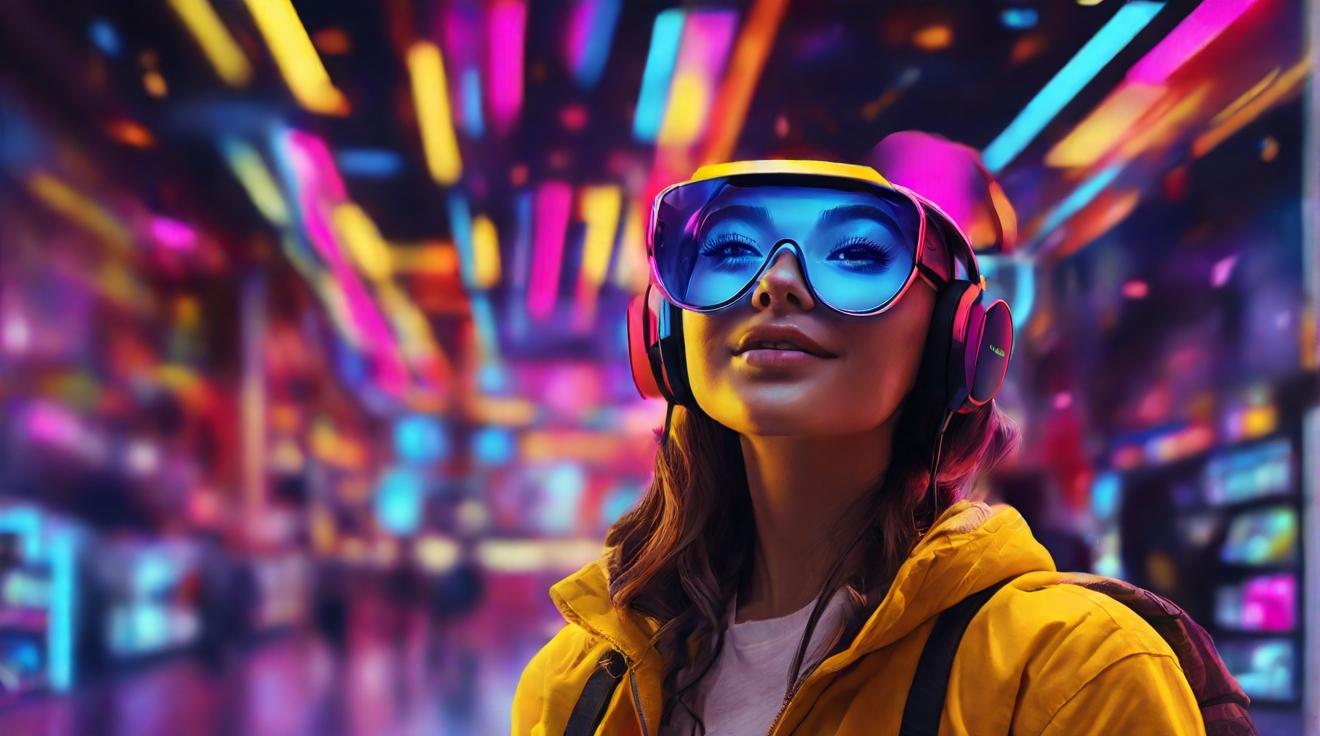The Potential of Generative AI in Art and Design
Artificial intelligence (AI) has emerged as a technology with immense potential to shape our future, and one area where it is making a significant impact is in the field of art and design. The use of generative AI, which involves using algorithms to transform large amounts of data into new content, is proving to be a game-changer for creative professionals. The possibilities and challenges presented by generative AI were recently explored in a sold-out panel discussion at the MIT Bartos Theater, as part of the annual meeting for the Council for the Arts at MIT (CAMIT). The discussion shed light on how generative AI is transforming the world of art and design.
Panel Discussion: How Generative AI is Shaping Art and Design
The panel discussion at the MIT Bartos Theater brought together experts in the field of art and design to discuss the impact of generative AI. The panel, moderated by Onur Yüce Gün, featured multimedia artist and social science researcher Ziv Epstein, MIT professor of architecture Ana Miljački, and artist and roboticist Alex Reben. The lively discussion centered around three main themes: emergence, embodiment, and expectations.
Exploring the Themes of Emergence, Embodiment, and Expectations in Generative AI
The discussion began by delving into the concept of emergence and how it relates to the creative process in art and design. The panelists shared their experiences with using generative AI to reach new levels of ambiguity and complexity in their work. Ana Miljački described a project that used generative AI to create a nonlinear documentary, a synthetic memory that aimed to uphold the values of a destroyed memorial. Ziv Epstein highlighted the artistic and creative agency embedded in generative AI systems, and the need to consider the ambiguities and cycles perpetuated by these systems.
The panel then turned to the theme of embodiment and the question of whether generative AI can provide the same sensory interaction as traditional art and design. Ana Miljački emphasized the ability of generative AI to create rich sensory experiences that go beyond two-dimensional images. Alex Reben highlighted a project where generative AI was used to create a “Dali-like” image, which was then turned into a three-dimensional object, showcasing the human involvement and craftsmanship in the creation process.
Lastly, the panelists discussed the expectations surrounding generative AI and the need to approach its development with caution. While there are enormous expectations around what generative AI can achieve, there are also limitations and risks that need to be considered. Ana Miljački expressed concerns about generative AI being used to replace human thinking, and the reproduction of biases and gaps present in the data it learns from. Ziv Epstein viewed generative AI as an opportunity to question what it means to be human, while Alex Reben reminded the audience that predicting the future of technology is difficult and that the best approach is to drive these technologies towards a beneficial future.
The Role of Ambiguity and Creative Agency in Generative AI
Throughout the panel discussion, the role of ambiguity and creative agency in generative AI was highlighted. The panelists acknowledged that generative AI can produce surprising and unique outputs that parallel human creativity. However, they also stressed the need to remember that generative AI is not a neutral tool and that there are already artistic and creative agency embedded in these systems. The panelists recognized that generative AI introduces new ambiguities and challenges the traditional notions of authorship and creative control.
Examining the Limitations and Possibilities of Generative AI in Art and Design
While generative AI presents exciting possibilities for art and design, there are also limitations and risks that need to be addressed. The panelists emphasized the need for meaningful human control in generative AI systems to avoid perpetuating biases and to allow for greater artistic intention and control. They also acknowledged the current limitations of generative AI in terms of sensory interaction and the need for further development to create more immersive and tangible experiences. Despite these limitations, the panelists expressed optimism about the potential of generative AI to challenge established norms and push the boundaries of art and design.
Overall, the panel discussion on how generative AI is shaping art and design provided valuable insights into the potential and challenges of this emerging technology. As artists and designers continue to explore and experiment with generative AI, it is clear that it has the power to transform the creative process and create new and innovative forms of expression. However, careful consideration must be given to the ethical implications and limitations of generative AI to ensure that it is used in a responsible and meaningful way.
Analyst comment
Overall, the news about generative AI in art and design can be seen as positive. The panel discussion highlighted the immense potential of generative AI in transforming the creative process and pushing the boundaries of art and design. There is optimism about its ability to create unique and surprising outputs that parallel human creativity. However, there are also concerns about biases, limitations in sensory interaction, and the need for meaningful human control. As the market progresses, there is a need for responsible and ethical implementation of generative AI in order to fully harness its potential.













